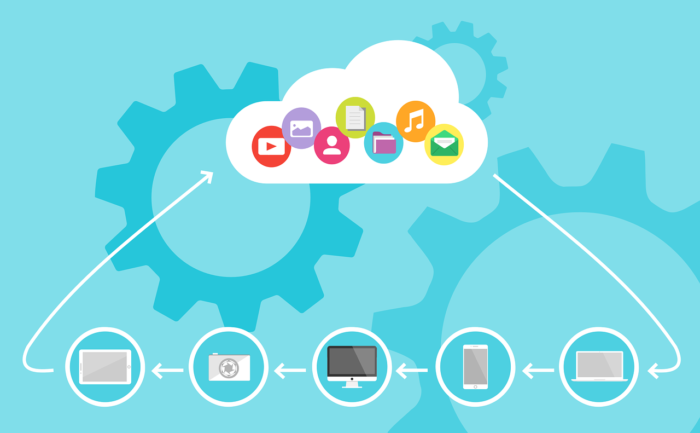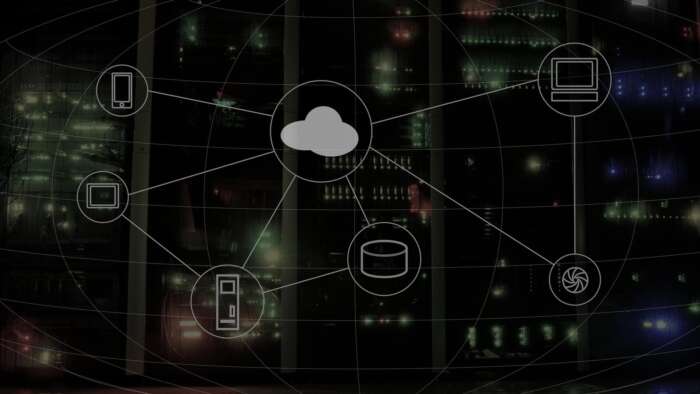Now that cloud computing has become an integral part of most corporate networks, the question has shifted from “Should we move to the cloud?” to “How do we keep our cloud secure?” Cloud security has evolved significantly in recent years, and most enterprises develop their security strategies based on assumptions developed via risk assessments.
However, despite identifying the specific risks to the organization and protecting against them, many companies also make assumptions about cloud security that are dangerous. By failing to recognize certain risks, or assuming that they don’t apply to your company, you could be leaving yourself vulnerable to a breach. That’s why, when you are implementing a security plan, you need to consider the following as well as risks specific to your organization.

Assumption #1: You Have Control of All Endpoints on Your Network
Cloud security works best in conjunction with endpoint security. However, many companies fall into the trap of thinking that they know all of the endpoints that are potentially accessing their network. In today’s BYOD and mobile environment, though, that is a dangerous assumption. It’s no longer just the desktop machines or laptops in the office that are accessing the network. It’s smartphones, tablets, and other devices as well. For example, what happens when a sale rep makes a presentation using a flash drive on one of your conference room machines? Are you prepared to identify and stop and malware that it may contain? Your cloud security solution must be capable of monitoring all traffic across the network, to shield against vulnerabilities and control the applications accessing to network, regardless of the endpoints that it’s coming from.
Assumption #2. Tight Security Will Prevent All Data Breaches
Truthfully, when you implement state-of-the-art security measures, the likelihood of a breach goes down considerably. However, many companies ignore a significant source of breaches, and unjustly blame their cloud providers when something goes wrong. That source? Internal attacks. The fact is, not all data breaches come from outside the company, and unless your cloud security includes protocols designed to limit access to privileged data and maintain administrator privileges, there are still risks. In short, you need to consider all potential sources of a breach, not just the unknown hacker or malware infection.
Assumption #3: Your Cloud Services Provider Is Responsible for Security
Assuming that your cloud services provider has implemented security that will fully protect your data is like leaving your front door unlocked and assuming that no one will break in. Sure, you might get lucky and never have a problem. But eventually someone is going to walk right in – and you will be left picking up the pieces.
It is vital that you work with a cloud provider and a cloud security provider that use to a shared responsibility model, and adhere to the best practices to keep everything secure. However, that does not let you off the hook for implementing your own security protocols as well. In short, regardless of your cloud prover, the security of your data is ultimately your responsibility.
Assumption #4: You Know What Your Business Needs
You know your business inside and out. That’s great. But that doesn’t necessarily mean that you know exactly what you need in terms of security. Making assumptions based on what you think you need is likely to protect some of your data, but you could also be ignoring significant risks and leaving your network vulnerable to attack. For that reason, it’s best to work with a security provider that has experience in your industry and a solid understanding of the latest threats and best practices as they relate to your company, to ensure you have the most comprehensive protections in place.
Assumption #5: Meeting Regulatory Requirements Is Enough
Many businesses are required to meet specific regulations and standards to reduce their liability in a data breach or maintain compliance with industry standards. One might assume that meeting these standards is adequate when it comes to cloud security, but that’s not the case. Most regulatory requirements only represent the minimum security standards that must be met, meaning that you can usually do much better when it comes to your own cloud security. Aim to exceed these requirements, to ensure your data doesn’t fall into the wrong hands.
Cloud computing is here to stay, and cloud security is complex, and continues to evolve. By avoiding these common assumptions, though, you can keep your cloud safe and functioning even as the attack surface increases.




